Are you willing to sponsor?
Are you ready to explore the transformative power of athlete sponsorship for your brand? Click here to learn more about how sponsorship can help brands grow and thrive in the exciting world of motorsports.
By Emanuele Venturoli| Posted August 1, 2018 | In MotoGP, Sports Marketing
It’s an iconic status symbol – so when the Forward Racing Team unveiled the first official images of the MV Agusta chassis prototype for the Moto2 2018 championship on Monday 30th July, the proverbial tear is likely to have fallen down the cheek of many long-term fans. The moment saw the return to the world stage, after 42 years, of one of the most prestigious and winning brands in the history of not just Italian, but also European, motorcycling.
As racing fans, we might wonder about the decisions behind the MV Agusta’s reappearance. Of course, there are nostalgic reasons – but it’s not only emotion that drives a manufacturer to enter (or re-enter) an important sporting event like the Moto2 World Championship. There is money to invest, equipment to source and test, resources needed internally and time-wise… there are multitudes of factors to consider.
So, what are the benefits of racing for automotive companies? For context, let’s first look at the history of the MV Agusta.
The Meccanica Verghera (MV) Agusta’s history stretches back to 1945, when it was created as an offshoot of an aeronautical project by Italian Count Giovanni Agusta in the small town of Cascina Costa di Samarate in the province of Varese.
Through luck, chance (or maybe even fate), the liberation of 1945 saw the construction of military aircraft in Italy suspended – leaving Count Agusta’s factory to return solely to the production of “land vehicles”. The first MV Agusta was born.
The 1950s saw great business expansion teamed with pioneering engineering innovation. MV Agusta introduced the progressive hydraulic gearbox, injection systems for 2 and 4-stroke engines, and new lubrication systems. The bikes made in Varese grow in popularity and reliability; so much so that the 125 and 15 four-stroke models of 1959 are given the name Centomila, as the kilometers that could be covered in warranty.
In the late 1950s, the attentions of the bike’s creators moved away from mass locomotion and more towards competitive racing. The years between 1959 and 1971 can be characterised by a strong racing spirit – these are the years that long-time fans remember as those of perhaps the most brilliant times in world championship motor racing. Surtees, Read and Hailwood were all competing, and the great Giacomo Agostini had made the brand born in Cascina Costa the most feared on the racetracks all over the world.
From 1952 to 1974 MV Agusta’s 38 drivers and 37 manufacturers won 75 world titles, establishing themselves as the most successful European brand in the history of two wheels. It’s a record that still holds.
Starting with the death of Count Agusta in 1971, the MV Agusta brand suffered from mixed fortunes – including a period of silence from the early 1970s to the early 1990s, when Italian motorcycle manufacturer Cagiva finally lifted the veil and reminded the world of MV Agusta’s relevance once more.
The years after saw the brand passed around like a hot potato between various hands, including those of Husqvarna, Bimota, Harley-Davidson and Piaggio, before it finally returned to its home at Lake Varese, with a 25% share of Mercedes AMG.
It was the new MV Agusta that, not without difficulty, managed to drag itself out of the 00s financial crisis thanks to the production of models of extraordinary charm and performance, which bewitched customers around the world. The Brutale, the F4 and the F3, together with the Dragster and the Turismo Veloce, are the models of the future.
In 2017, Castiglioni took over 25% of the company’s shares from Mercedes AMG. In the same year, finally, the group announced that it was back in profit.
It was a welcome return to form for the iconic brand, and the MV’s appearance on 30th July shows that there is more to come.
2019 will mark the return of MV Agusta in the Moto2 championship, alongside the Forward Racing Team, with the role of chassis (the engines of the whole Moto2 class will be supplied by Triumph). The appearance will bring the end to an absence lasting 42 years: an infinite amount of time in a world like the world’s biggest motorcycle competition. It is a world that is decided by tenths, if not hundredths, of a second, after all.
Skipping the gap created by time, as MV Agusta is doing, is an operation that requires courage, trust and extraordinary awareness, as well as an important investment in terms of staff and money.
So, what drives MV Agusta to return? And, more generally, why do big manufacturers like Honda, Ducati, Suzuki, Yamaha, KTM and Aprilia commit huge resources to stay in the MotoGP, Moto2 and Moto3 championships every year?
We can’t provide the official answers of the manufacturers, but we can certainly consider some potential factors.
It’s clear that the Moto world championships are an extraordinary platform for all motorcycle manufacturers – a platform that offers huge visibility and awareness.
Thanks to the reach of the championship (208 countries connected worldwide, for 19 stops a year), MotoGP, Moto2 and Moto3 are certainly some of the most powerful communication vehicles for anyone in the road motorcycles sector. Being on the starting grid of a Grand Prix means to be seen by the eyes of millions of potential consumers all over the world. Add to this the fact that the MotoGP is a traveling championship, able to allow online and offline promotion operations across very different and distant territories, and the value behind it becomes even more clear.
Simply put, being accepted in the world’s top two-wheeled world championship means excellence. To be able to compete at this level it is necessary that the manufacturer, the technology used and the projects created are of a very high quality.
This is a fact well known by customers, the public and consumers, who recognise the brands represented in MotoGP and in Formula 1 as the pinnacle of their respective worlds – on two and four wheels. In terms of brand positioning, participation in these series immediately communicates quality and value.
The MotoGP World Championship, like Formula 1, is a prototype championship. This means that the vehicles participating are not those that can be found in the dealerships of the various houses.
Because of this, the Moto championships are a key area of research and development for all manufacturers – who can then take the innovation developed in the races from the track to the road, and into their commercial vehicles.
Many of the technologies developed in the field of racing, both with two and four wheels, are indeed later used for more every day vehicles – frames in cars, traction controls, anti- wheeling and latest generation braking systems are just a few key examples.
Being at the highest point of racing means guaranteeing a manufacturer’s”traditional” customer base an excellent technological research background – something that is valued extremely highly.
It goes without saying that championships such as those mentioned are incredible settings to expand and empower any business.
The hospitality opportunities available at MotoGP allow manufacturers to welcome guests, reward their best customers, offer unforgettable weekends to potential investors, and to reward their staff for the good work already done.
The Paddock, for example, is a place populated by the best of the moto industry. It offers a unique possibility for B2B operations, and the expansion of possibilities that are open to the brand. These championships are an occasion for the best of the automotive industry and its main investors and stakeholders to gather and network. Because of course, it is often outside the offices and far from the classic places of work that the best conversations happen. Track-side is just one of these places.
At its heart, sport is a great story – and the romanticism and nostalgia of motor racing has a strong part to play in that. The world championship offers a compelling narrative, full of hope, heroes and heartbreak.
As a business, manufacturers can leverage this story through their marketing and communications, and angle it in a way that will capture public interest and bring about attention on social and in both online and offline media.
In a world where content marketing and storytelling have become a vital for an effective corporate communication strategy, a high-profile sports series can be an effective instrument.
Want to learn more? Email us at Info@rtrsports.com
Are you ready to explore the transformative power of athlete sponsorship for your brand? Click here to learn more about how sponsorship can help brands grow and thrive in the exciting world of motorsports.

A graduate in Public, Social and Political Communication from the University of Bologna, he has always been passionate about marketing, design and sport.
The online platform where you can discover the latest trends, strategies and insights from the exciting world of sports marketing.
View our blog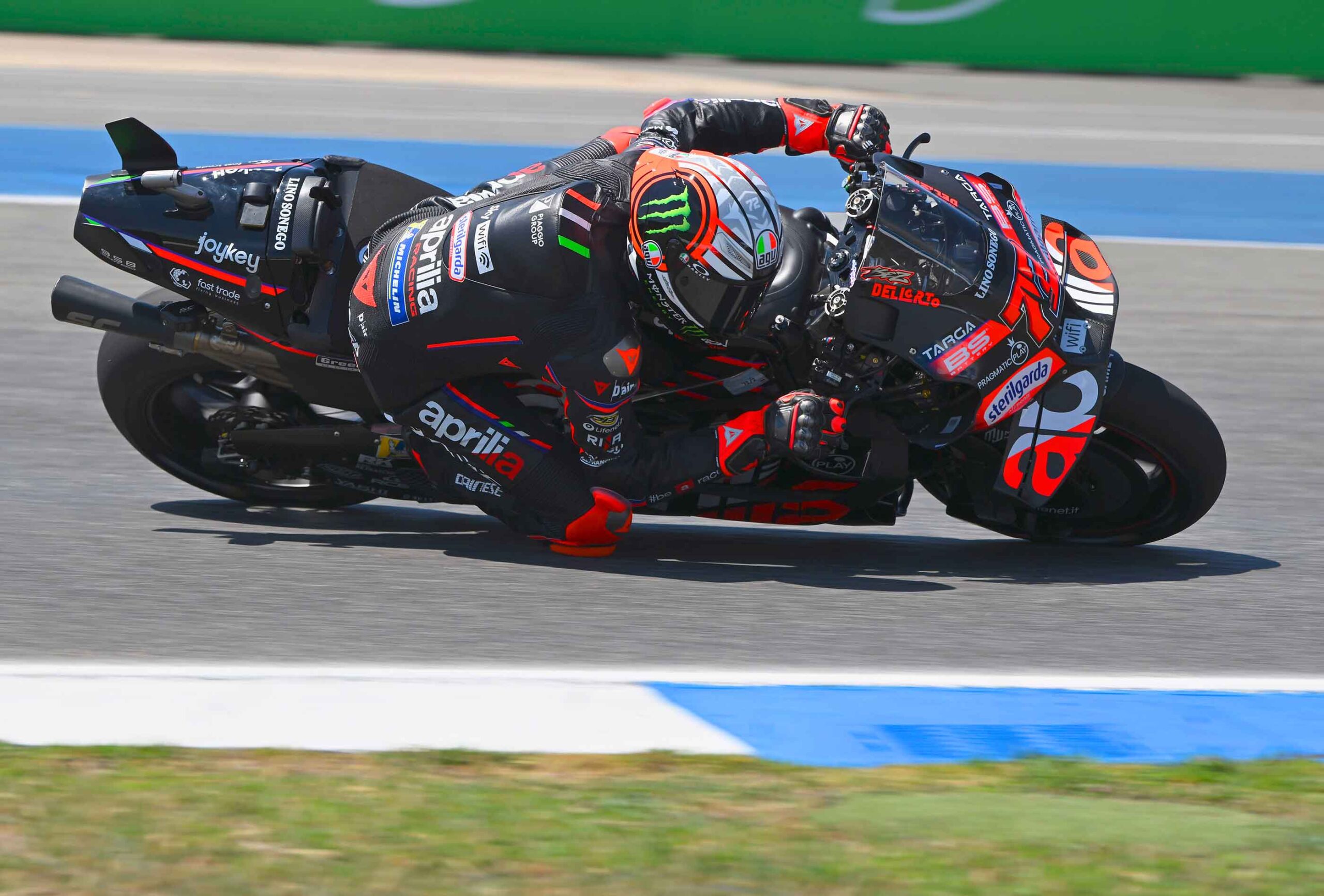
June 17, 2025
Starting in 2027, MotoGP is preparing for a momentous change that will redefine the face of motorcycling’s premier class. The new technical rules, announced by the Grand Prix Commission[...]
Read More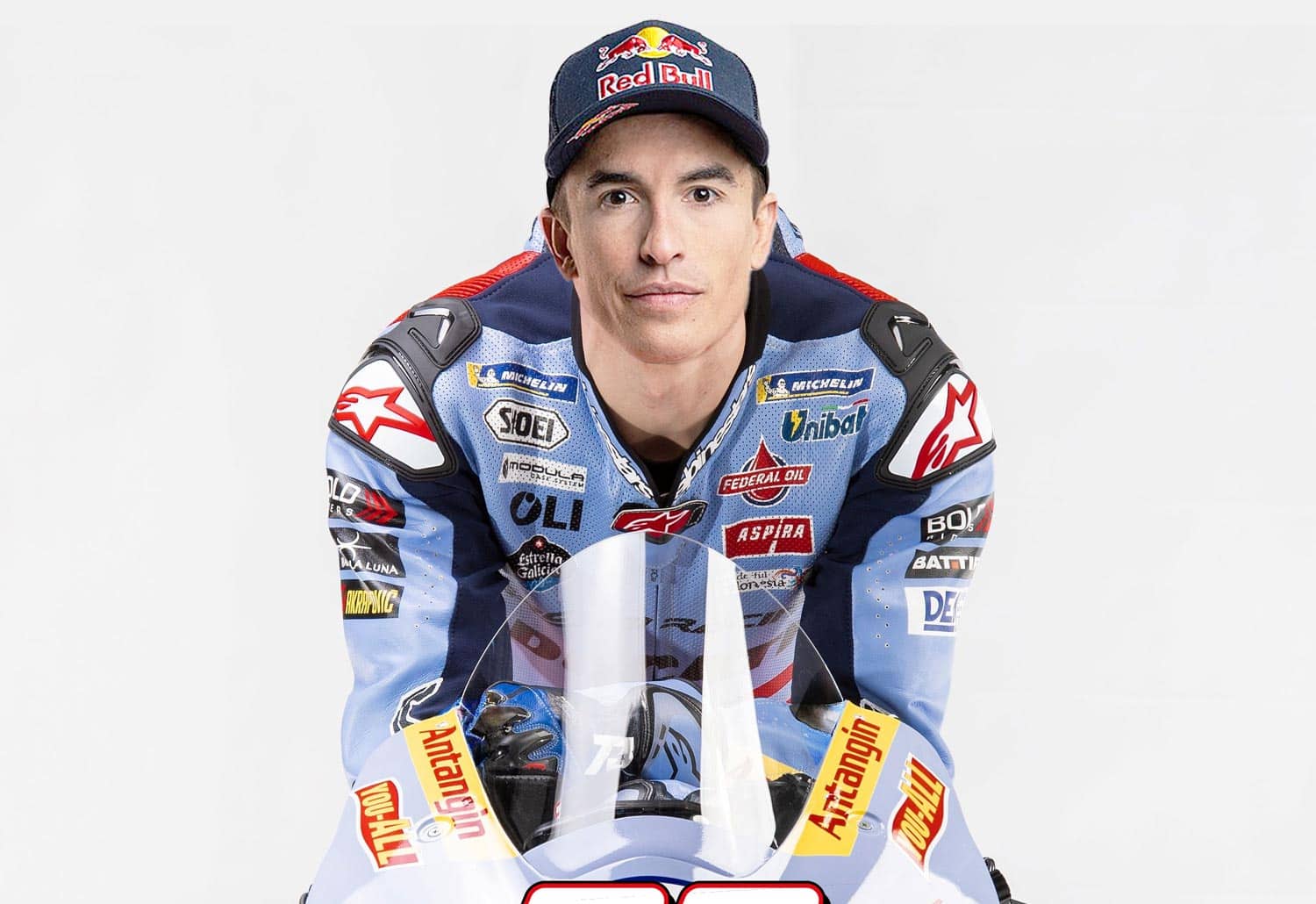
June 11, 2025
After 11 years, Marc Marquez is leaving Honda HRC to join Team Gresini. This was announced in a laconic press release, without signatures or photos, by the same House with the Wing. The same [...]
Read More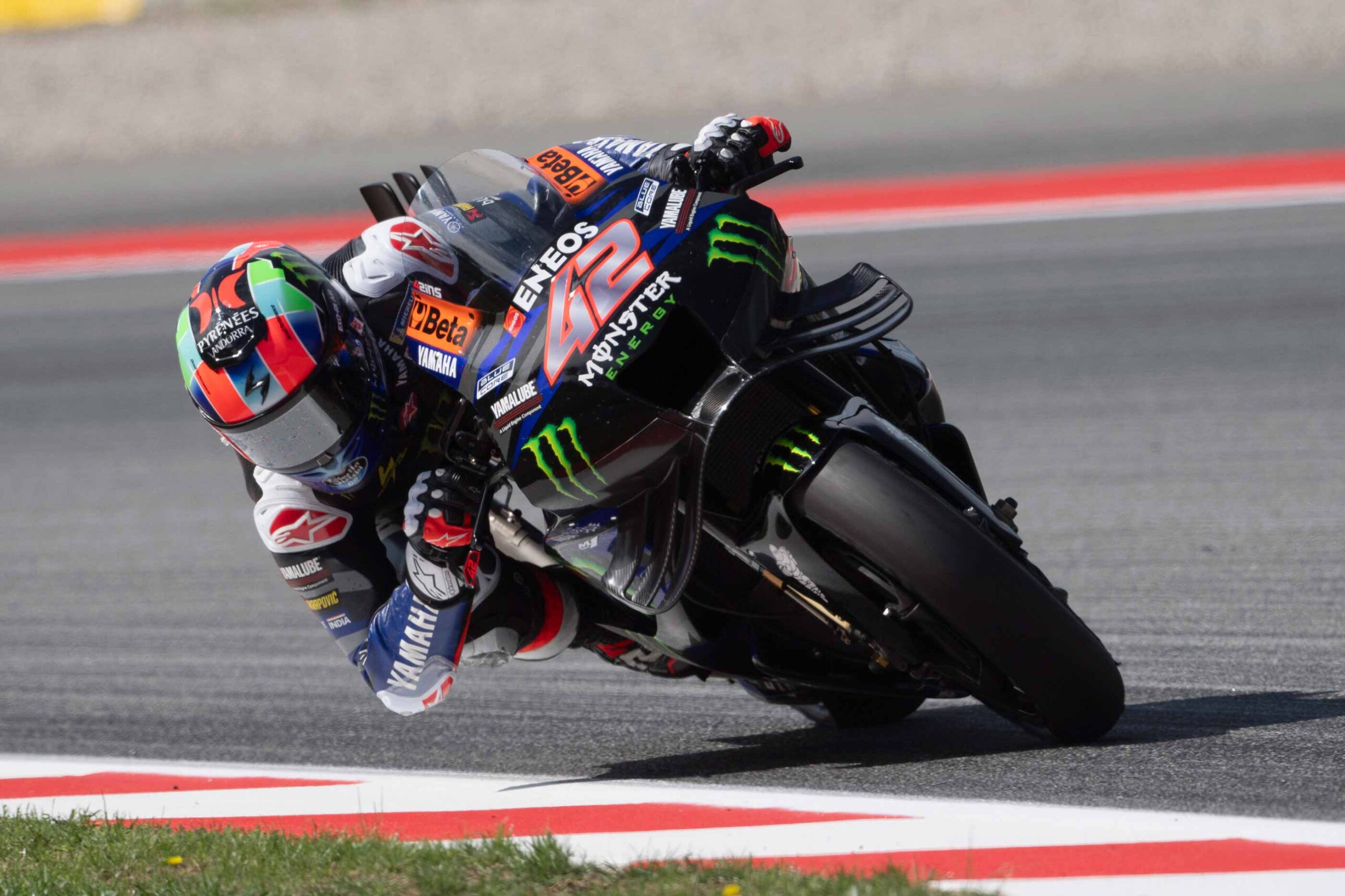
May 6, 2025
In the world of motorsport sponsorship, speed and performance have traditionally reigned supreme. However, a new race is underway, one towards sustainability. Both Formula 1 and MotoGP are st[...]
Read MoreIn an era where it is possible to get anywhere with a click, there is a strong temptation to approach teams and properties directly for sponsorship projects.
By doing so, we are convinced that we are shortening the value chain, saving time and money. However, these DYI methods are anything but risk-free and what initially appears to be a competitive advantage soon turns into a problem that is difficult to resolve. That’s why there are agencies. And this is why you should rely on us for your sponsorships.
When first approaching a sponsorship or sports marketing project, it is difficult to know immediately which stakeholders are correct, what the decision flow is, and what the right timelines are for each process. Sports is a very specialized field of action, and fitting effectively into its paths can take a lot of time and therefore money. We, on the other hand, know referents and spheres of action and know who to talk to, when and how. So you are also more effective.
Sports is an immense passion, and for our heart colors we would be willing to do anything. But business is a different business, and it is important to make the best possible strategic decisions based on independent research, statistics and reliable data. A sports marketing and sports sponsorship agency like RTR has an objective, 360-degree picture of the scenario and can tell you what is really best for you: which sport, which athlete, which team. This is because we possess a great deal of data and information on ratings, segmentation and attitudes. Because the numbers don’t lie. Never.
Activations are the real heart of sports sponsorship. Without them, there remains only a blank sticker on a motorcycle, car or uniform and no contact with the public, no emotional connection, no impact on the bottom line. Then how do you do it? It certainly won’t be the teams or the athletes who will help you leverage sponsorship and enjoy the many marketing rights you have paid for. To bring out the best in a sports marketing project you need an agency that knows how to use sponsorship to engage the fanbase on the Web, to reach out to Shopping Centers, to organize hospitality, to develop B2B and B2C opportunities, and to get “your” athletes in front of millions of potential consumers.
Would you ever go to the dealer who sold you the car and ask if the competitor’s car is better? No, of course. So, how do you expect to get firm measurements of the effectiveness of your sponsorship if you do not rely on someone super partes? At RTR, we have always worked with independent third-party agencies that allow us to know the return on any exposure of your brand on TV and in the media. In addition, we believe in calculating ROI as the ultimate measure of your success-so we can tell you for every penny you spend how much you are making.
We have been involved in sports sponsorship and sports marketing for more than 15 years. We are consultants in the sense that our goal is to maximize your investment, but we are also an agency that manages the project from start to finish. We have been doing this since 1995 with passion and professionalism, following three principles that have become cornerstones of our business: independence, verticality and transparency.
I would like to highlight the fact that one of the qualities of RTR is its great ability to approach the sponsorship scenario strategically, together with its passionate attitude, its amazing enthusiasm for solving problems, and its high level of professionalism.
Gianluca Degliesposti
Executive Director Server&Storage EMEA
Eurosport is truly delighted with its business relationship with Riccardo Tafà, who has become extremely popular, thanks to his detailed knowledge of the sports marketing sector and his highly diligent attitude to work.
Francois Ribeiro
Commercial Director
Passion and Expertise are the features that I have found in RTR since the very beginning. Serious and reliable professionals but also very helpful, nice and open-mind people, willing to listen and compare different ideas. All the values in which RTR believes make this agency a partner, not just a supplier, a partner with whom we have had the opportunity to achieve significant commercial results in term of success and image.
Luca Pacitto
Head of Communication
We have been working with RTR Sports Marketing for over 10 years. The objectives and the programmes of collaboration continue to be renewed and to grow with mutual satisfaction. I believe RTR is a team of great professionals led by Riccardo Tafà, who I consider a manager of exceptional skills and with a great passion for his work.
Lucio Cecchinello
Team Principal
I have known and worked with Riccardo Tafà since 1995 when we collaborated for the first time on a project for the Williams Formula 1 team. Several clients followed. After leaving Williams to work for Gerhard Berger then owner of the Toro Rosso F1 Team, I turned again to Riccardo to seek his help in finding a tool supplier for the team and Riccardo duly obliged with an introduction to USAG, a partnership with Toro Rosso which endured for five years. I recently started a new role as Group Commercial Director for the renowned Andretti Autosport organisation and I find myself working with Riccardo once again on a number of interesting projects. Why has this relationship with Riccardo endured ? He’s smart, knows the commercial side of sport inside out and back to front and he’s honest and trustworthy. Riccardo Tafà is a “doer” not a “talker”: in over 20 years I have never had a dispute either with him or with a company that he has introduced and each partnership introduced by Riccardo has delivered quantifiable ROI to rights holder and sponsor alike. I can think of no better testimonial of Riccardo’s diligence, knowledge, contact base and hard work than that.
Jim Wright
Group Commercial Director
The online platform where you can discover the latest trends, strategies and insights from the exciting world of sports marketing.
View our blog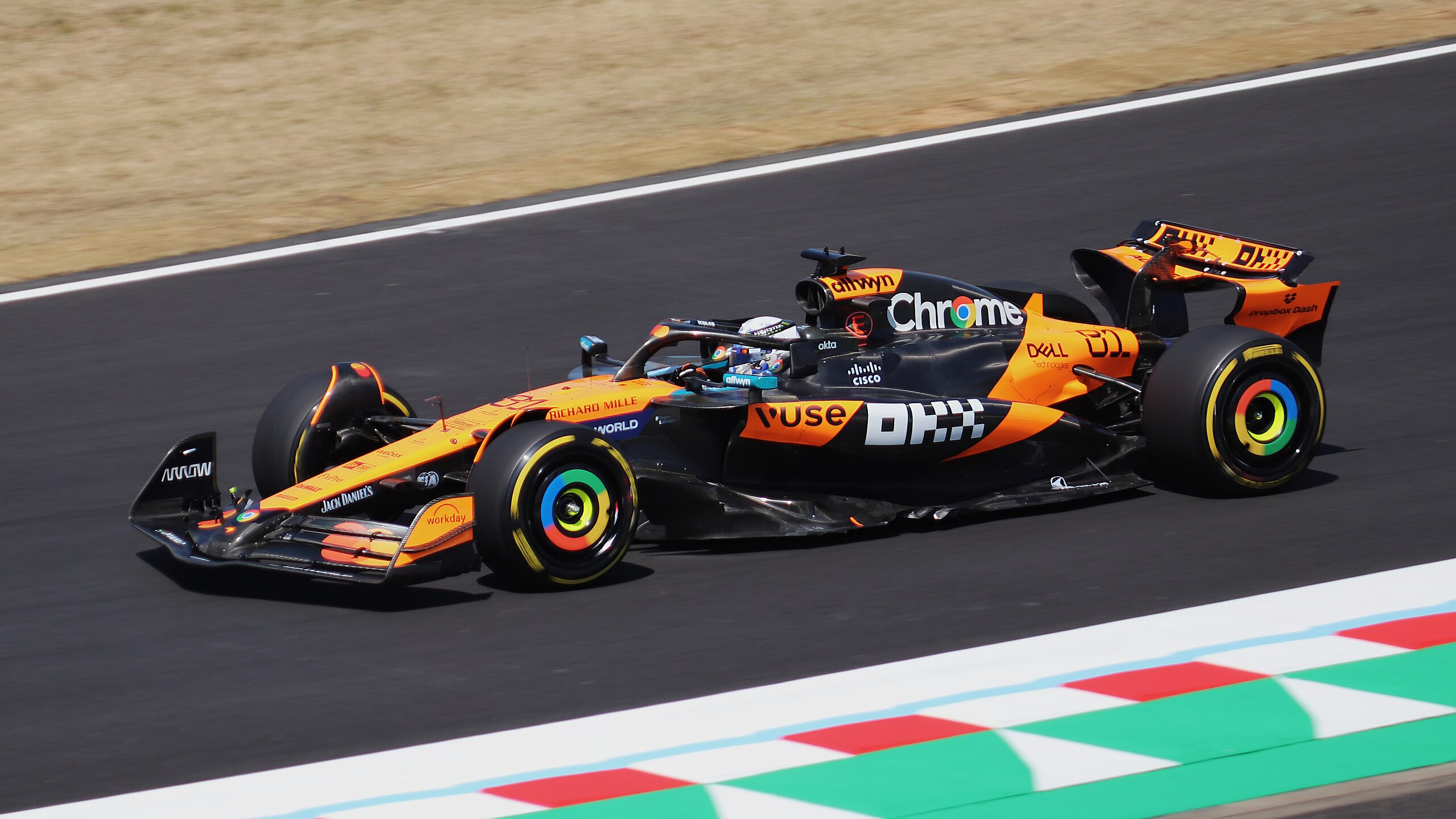
July 1, 2025
In the complex and exciting world of Formula 1, performance no longer belongs exclusively to wind tunnels and race strategies. It also unfolds in boardrooms, brand labs, and experiential mark[...]
Read More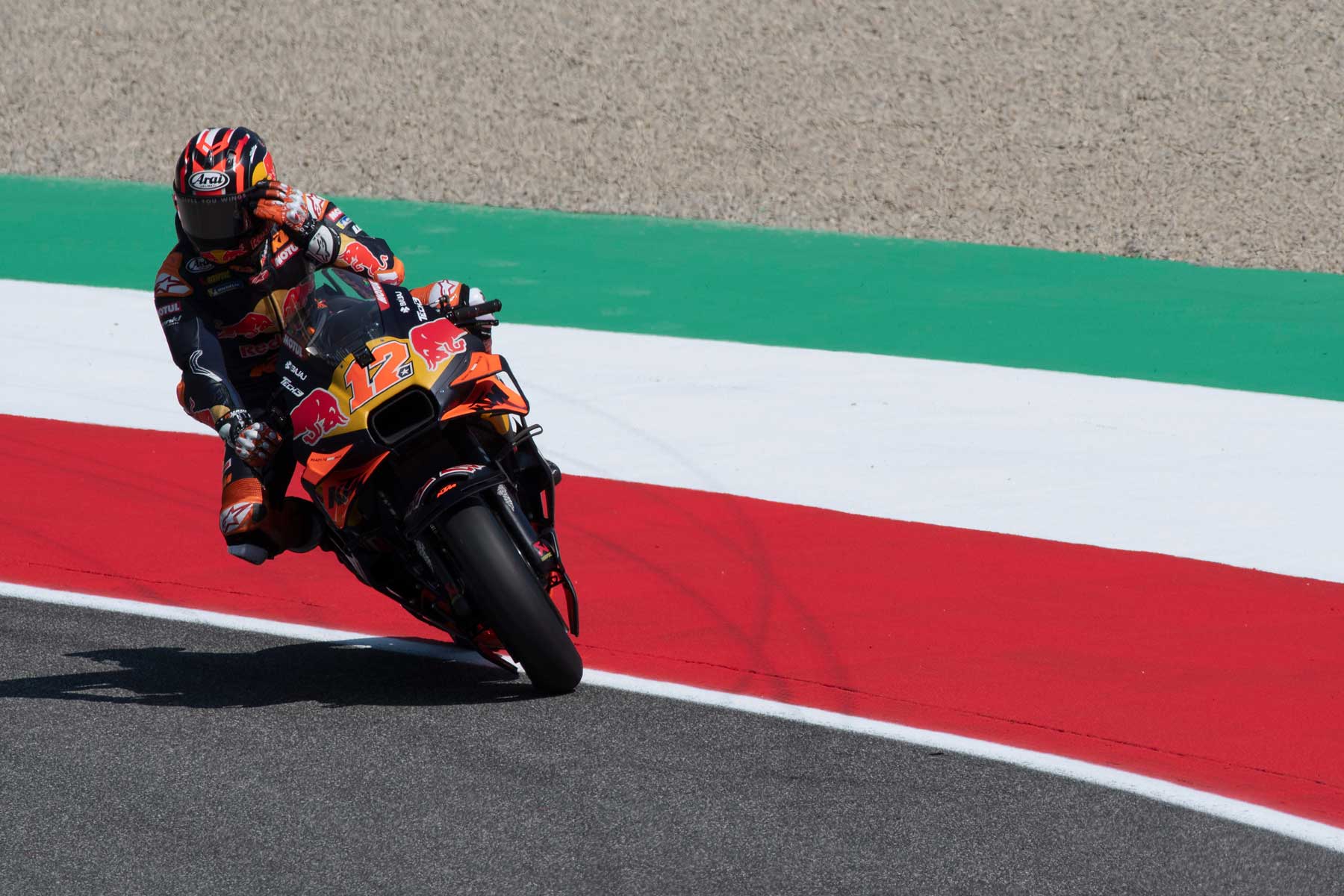
June 26, 2025
The European Commission has provided Liberty Media Corporation with unconditional approval to complete the acquisition of the MotoGP World Championship. The process of annexing the top motorc[...]
Read More
June 18, 2025
When you think of sports, what comes to mind? For many, the answer is sports marketing management. We see Super Bowl or Olympic commercials and it seems like every other product is marketed t[...]
Read More